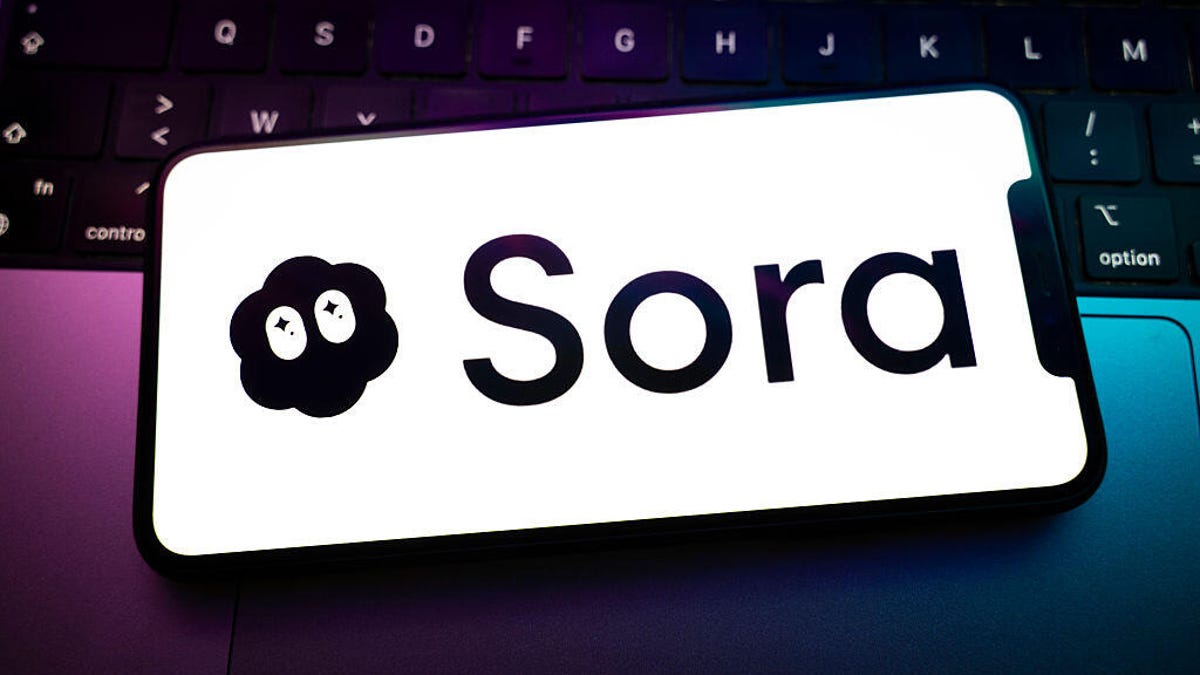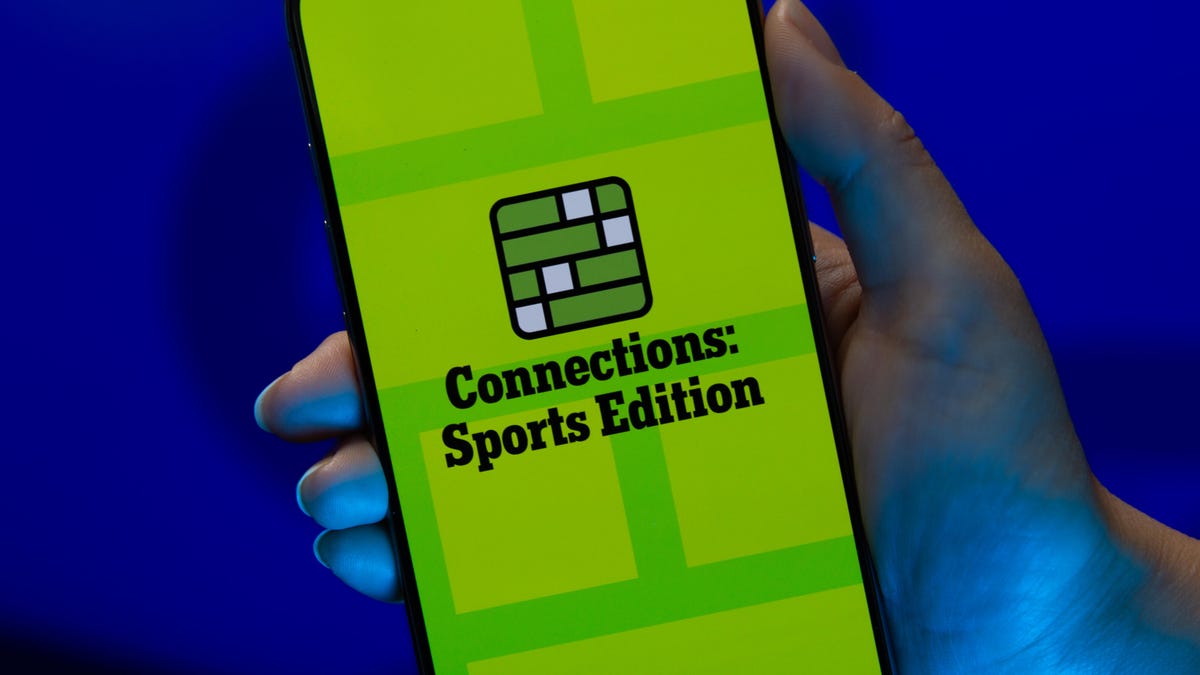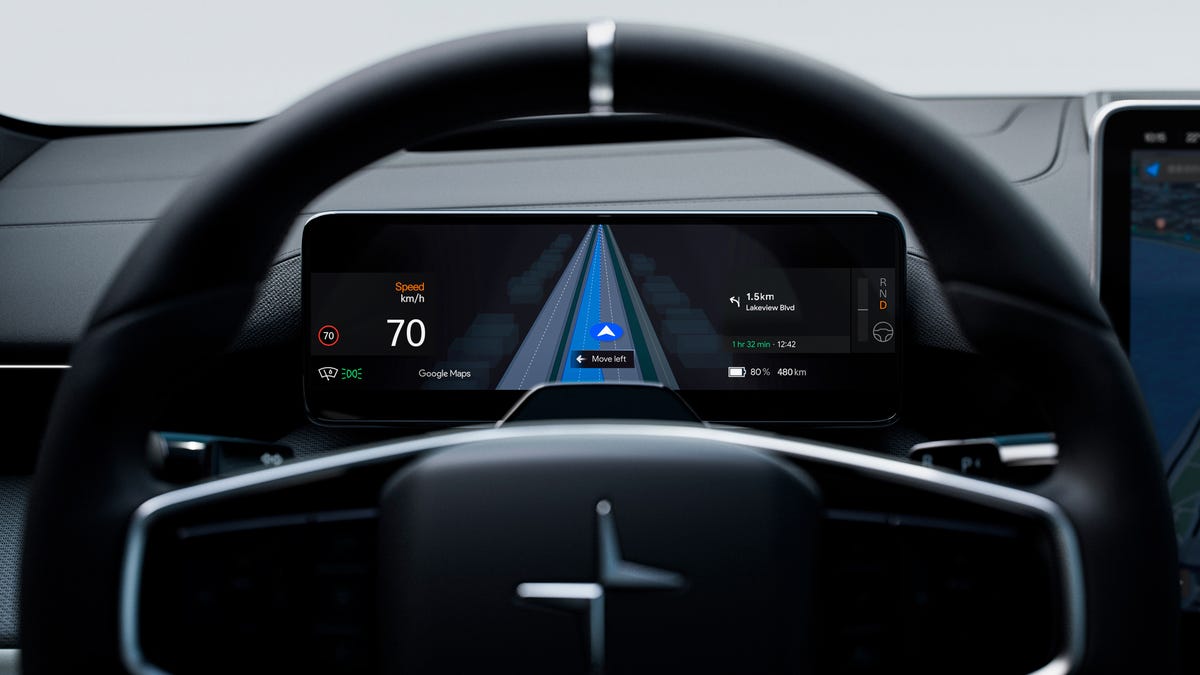Technologies
Google borrows Apple’s winning legal strategy in its Fortnite trial, arguing breach of contract
The search giant is battling Fortnite maker Epic Games in court over the way it manages its Google Play Store.

Last month, Apple was largely handed a major victory in its legal battles with Fortnite maker Epic Games. In a 185-page decision, Judge Yvonne Gonzalez Rogers agreed that Epic had breached its developer contract with Apple when it activated code hidden within its hit Fortnite battle game for the iPhone and iPad that violated App Store rules. In a legal filing Monday, Google showed it’s a quick study.
In its 43-page filing, Google recounted how Epic had activated similarly hidden code within its app on the Google Play Store last year, which broke Epic’s «contractually agreed» rules and led to the app’s removal. Epic, Google said, then began a public relations campaign «intended to villainize and harm Google, while distracting from Epic’s breach.»
A Google spokesman further argued that Epic «entered into a legal agreement with Google with which it never intended to comply» and that its actions «have put its own users at risk, have harmed Google, and are deserving of relief from this Court.» Epic didn’t immediately respond to a request for comment.
Read more: Apple scores legal win over Epic in Fortnite lawsuit: What you need to know
Google’s moves mark the latest escalation in the ongoing legal battles Epic’s waging against the two tech titans. Epic argues that both Apple and Google are too controlling of their respective app stores, putting restrictions on what type of apps can be offered up for sale and how they function. Both companies also collect fees from app developers through what are known as in-app payments, when people buy digital goods like a subscription or a new look for their character within their app. The companies charge up to 30% commissions for those purchases, a price they’ve defended against growing drumbeats of criticism, including from Epic.
Epic’s legal fights with Apple and Google began last year when it changed the way it charges people to buy items within its Fortnite game, circumventing each company’s in-app payment systems and the commissions they charge. In its legal filing, Google said Epic «schemed willfully to violate the terms» of its developer agreement «to avoid paying Google anything at all.» In the course of its trial with Apple, Epic admitted it had planned a public relations campaign to fight app store rules as part of its legal strategy.
Epic’s legal battle with Google was effectively on hold until after its lawsuit with Apple concluded. Both Apple and Epic have since filed their plans to appeal aspects of Rogers’ ruling in their suit.
Technologies
This New AI Feature for Cars Promises to Keep You From Missing Your Exit
Polestar is integrating Google Maps’ live lane guidance into the head-up display.
Technologies
Android Users Downloaded OpenAI’s Sora AI App Nearly Half a Million Times in One Day
How much AI slop does 470,000 Sora app installs equate to?

It’s only been two days since OpenAI dropped the Android-compatible version of its Sora app, but the AI social media app’s popularity seems to know no bounds. A new report from Appfigures found that the Android app was downloaded 470,000 times on the first day it was available. That’s four times as many downloads as compared to Sora’s initial iOS app launch in September, according to TechCrunch, which originally reported the news.
Keep in mind that the iOS app was downloaded over a million times in under five days. It was also restricted to North America and required an invite code. Since Sora has dropped its invite code requirement and opened up the app to more countries, it makes sense that Android downloads would be higher than the iOS ones. But it’s still an eye-popping statistic, even for an app that has quickly become one of the most powerful and controversial AI developments so far.
The Android app is just one of many updates OpenAI has dropped in recent weeks. In a new post, OpenAI’s head of Sora, Bill Peebles, outlined what’s coming soon for the AI-video app, including new creation tools, improved social features and much-anticipated Android support. OpenAI also said it would be working with unions like SAG-AFTRA and other celebrities and public figures to help manage the creation of potentially inappropriate or illegal videos, including deepfakes.
You can download Sora now on the Google Play Store and start scrolling right away. Here’s everything that’s inside the Sora app. For more, check out our guide for how to spot AI-generated videos.
Don’t miss any of our unbiased tech content and lab-based reviews. Add CNET as a preferred Google source.
Cameos and editing tools
Sora recently gained new creation tools in the form of character cameos, which are now expanding beyond people. Cameo is Sora’s primary feature that allows you to use other people’s likenesses to create nearly any kind of AI video. Soon, you’ll be able to cameo your dog, guinea pig, favorite stuffed toy or generated characters from existing Sora videos. Several Halloween-themed characters have been added recently.
The app’s generation interface will also highlight trending cameos in real-time, likely building on popular existing social media features, such as the For You page or Explore page on Instagram.
OpenAI is also introducing basic video editing tools, beginning with the ability to stitch clips together directly within the app. Peebles says more advanced editing features are on the way, hinting at a broader creative suite that aims to move Sora beyond short, one-off generations to an app that can be used by professional creators.
On the social side, the team is experimenting with new ways to utilize Sora with friends and communities, rather than just a global feed. That could mean channels for your university, workplace, hobbies or sports teams, bringing a more localized vibe to what has so far been a mostly chaotic public stream of AI videos.
These changes follow the first major Sora update earlier this month, which introduced longer video limits and a storyboarding feature. The company announced that free Sora users can make videos up to 15 seconds long on the iPhone app and the web (which is the only way Android users can use Sora at the moment). Pro users also receive an additional 10 seconds when creating on the web, for a total of 35 seconds. The announcement came one day after Google upgraded its popular AI video model, Veo 3, to handle longer video generations.
New payment options for videos
As OpenAI added new features and opened up its app to anyone (no invite code needed), it also introduced payment plans. Previously, free users could generate up to 30 videos per day, while Pro users had a limit of 100 videos per day. Now, if anyone hits their generation limit, they can pay $4 for an additional 10 video generations.
Since your Sora account is linked to your ChatGPT account, if you pay for ChatGPT Pro, you’re a paying Sora user. For more information, see all the payment plans.
Storyboarding
Storyboarding, available only to Pro users on the web, lets creators plan out videos on the web before generating them. Storyboarding has long been a part of the professional filmmaking process and is occasionally included in more professional software programs. Google’s AI filmmaking program Flow, for example, allows for storyboarding. But this is an interesting and somewhat unexpected addition to Sora.
Sora has only been around a short time, but the vibe on the app is focused on shorter, funny videos, echoing OpenAI’s claim that the app is designed to help people connect with their friends. Professional-grade videos that are longer and better planned aren’t very common, but these upcoming updates will likely change that.
This could be a sign that OpenAI is attempting to attract the professional creators it has previously alienated. Professional creators would need storyboarding, video editing, longer run times, and higher resolutions, and OpenAI seems to be addressing these needs quickly.
(Disclosure: Ziff Davis, CNET’s parent company, in April filed a lawsuit against OpenAI, alleging it infringed Ziff Davis copyrights in training and operating its AI systems.)
Technologies
Today’s NYT Connections: Sports Edition Hints and Answers for Nov. 7, #410
Here are hints and the answers for the NYT Connections: Sports Edition puzzle No. 410 for Friday, Nov. 7.

Looking for the most recent regular Connections answers? Click here for today’s Connections hints, as well as our daily answers and hints for The New York Times Mini Crossword, Wordle and Strands puzzles.
Today’s Connections: Sports Edition is a fun one. I thought the blue category was the easiest group of the four, but maybe that’s because I’m a movie buff. If you’re struggling but still want to solve it, read on for hints and the answers.
Connections: Sports Edition is published by The Athletic, the subscription-based sports journalism site owned by the Times. It doesn’t show up in the NYT Games app but appears in The Athletic’s own app. Or you can play it for free online.
Read more: NYT Connections: Sports Edition Puzzle Comes Out of Beta
Hints for today’s Connections: Sports Edition groups
Here are four hints for the groupings in today’s Connections: Sports Edition puzzle, ranked from the easiest yellow group to the tough (and sometimes bizarre) purple group.
Yellow group hint: You need strength for this.
Green group hint: Lone Star State.
Blue group hint: Gonna fly now.
Purple group hint: Apparel hidden in the words.
Answers for today’s Connections: Sports Edition groups
Yellow group: Weighlifting needs.
Green group: Follows «Texas.»
Blue group: Characters in the Rocky franchise, familiarly.
Purple group: Starts with a piece of clothing.
Read more: Wordle Cheat Sheet: Here Are the Most Popular Letters Used in English Words
What are today’s Connections: Sports Edition answers?
The yellow words in today’s Connections
The theme is weightlifting needs. The four answers are barbell, bench, plates and spotter.
The green words in today’s Connections
The theme is follows «Texas.» The four answers are A&M, Longhorns, Rangers and Tech.
The blue words in today’s Connections
The theme is characters in the Rocky franchise, familiarly. The four answers are Adrian, Apollo, Clubber and Rocky.
The purple words in today’s Connections
The theme is starts with a piece of clothing. The four answers are Beltré, Capitals, shoestring catch and shortstop.
-

 Technologies3 года ago
Technologies3 года agoTech Companies Need to Be Held Accountable for Security, Experts Say
-

 Technologies3 года ago
Technologies3 года agoBest Handheld Game Console in 2023
-

 Technologies3 года ago
Technologies3 года agoTighten Up Your VR Game With the Best Head Straps for Quest 2
-

 Technologies4 года ago
Technologies4 года agoVerum, Wickr and Threema: next generation secured messengers
-

 Technologies4 года ago
Technologies4 года agoBlack Friday 2021: The best deals on TVs, headphones, kitchenware, and more
-

 Technologies4 года ago
Technologies4 года agoGoogle to require vaccinations as Silicon Valley rethinks return-to-office policies
-

 Technologies4 года ago
Technologies4 года agoOlivia Harlan Dekker for Verum Messenger
-

 Technologies4 года ago
Technologies4 года agoiPhone 13 event: How to watch Apple’s big announcement tomorrow

